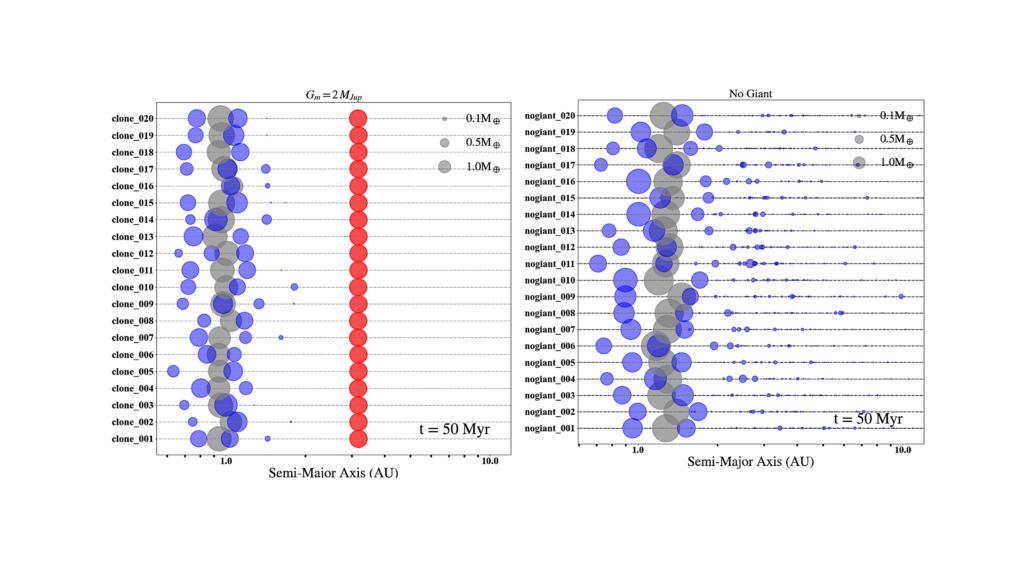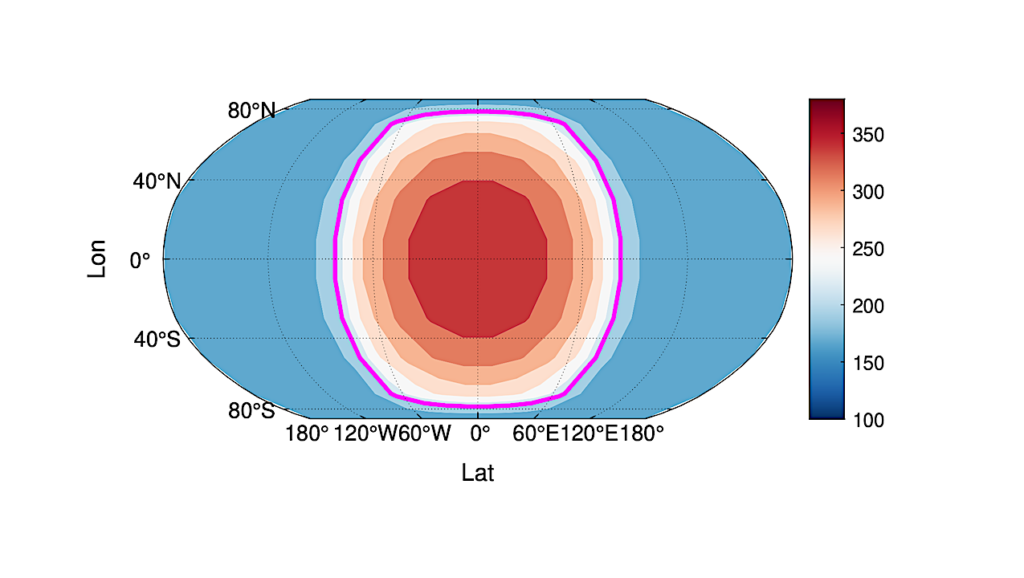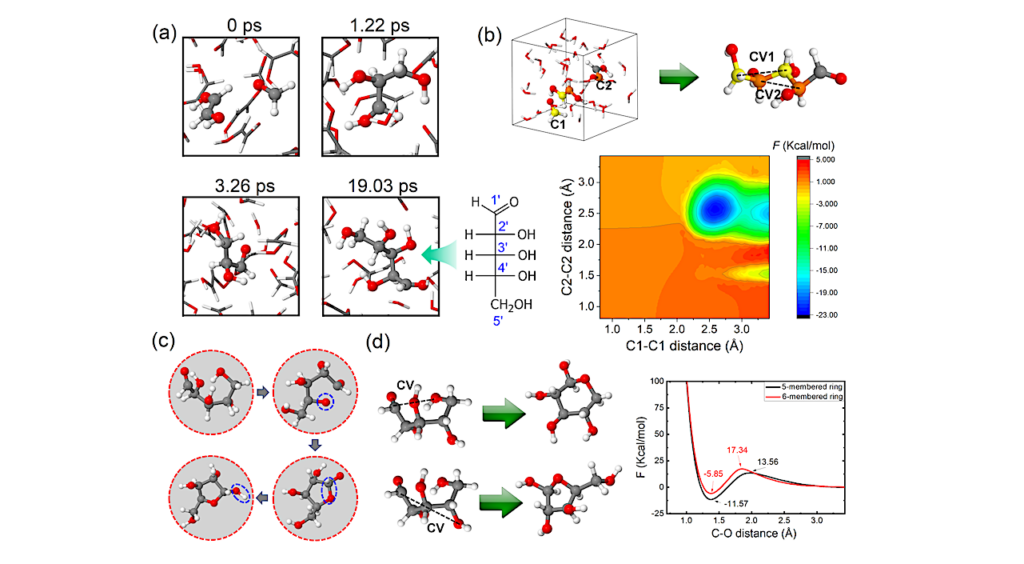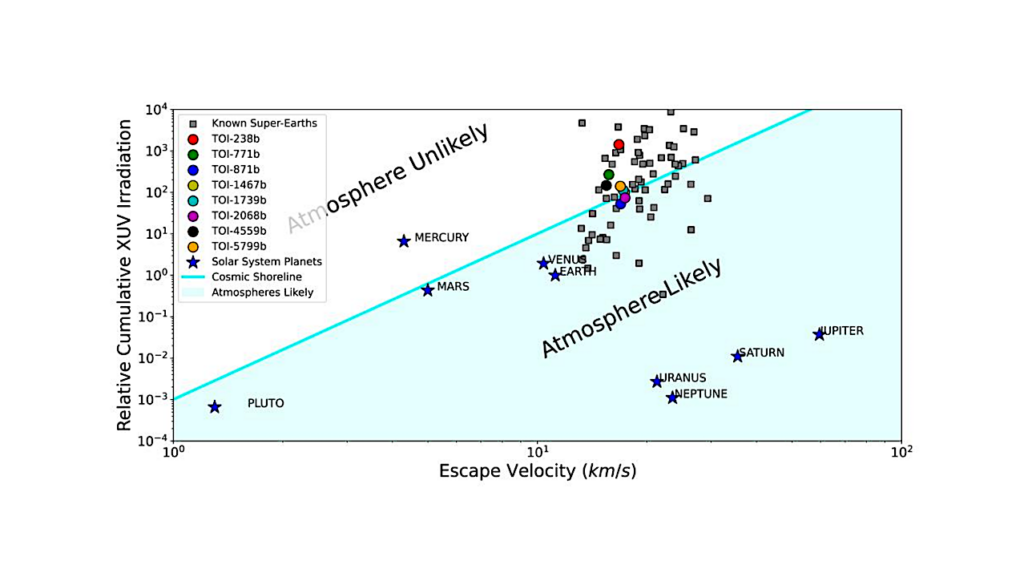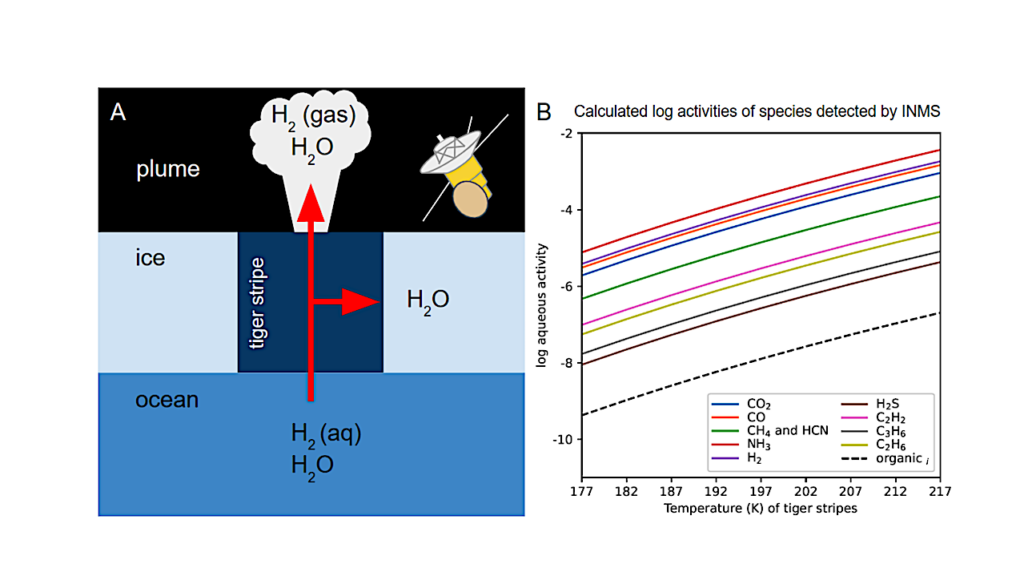Observation Uncertainty Effects On The Precision Of Interior Planetary Parameters
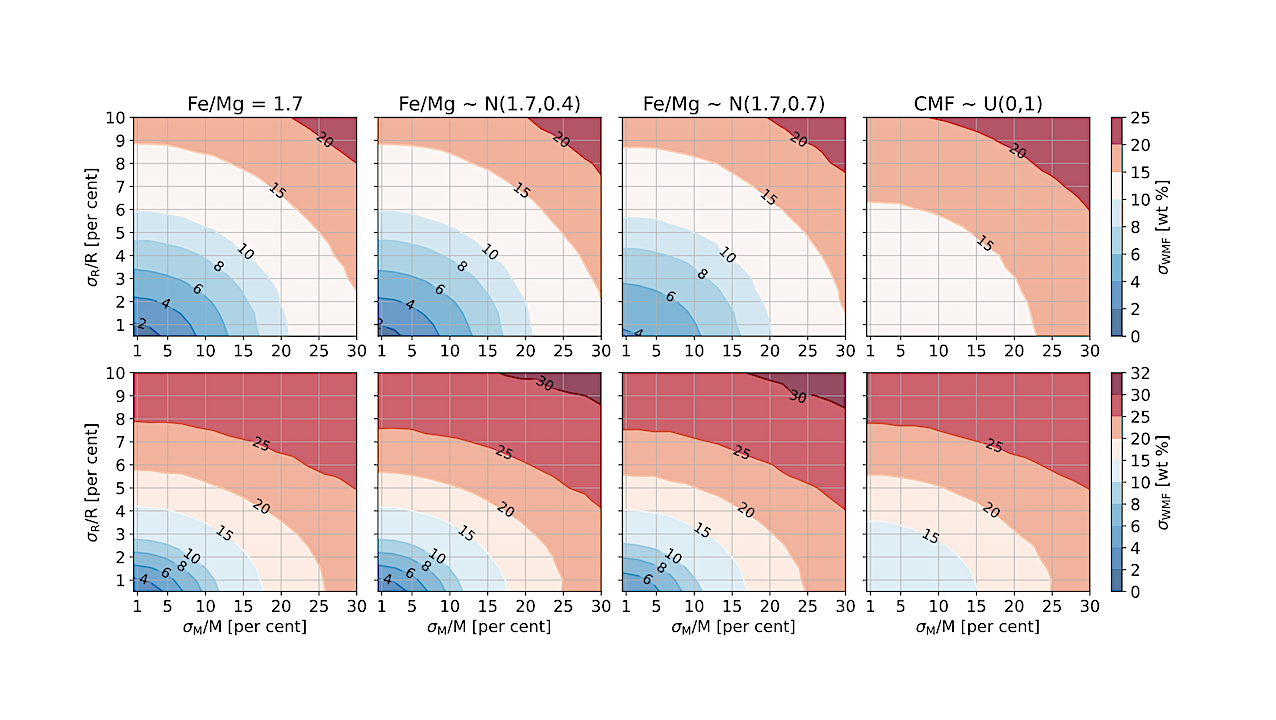
Determining compositions of low-mass exoplanets is essential in understanding their origins. The certainty by which masses and radius are measured affects our ability to discern planets that are rocky or volatile rich.
In this study, we aim to determine sound observational strategies to avoid diminishing returns. We quantify how uncertainties in mass, radius and model assumptions propagate into errors in inferred compositions of rocky and water planets. For a target error in a planet’s iron-mass fraction or water content, we calculate the corresponding required accuracies in radius and mass.
For instance, a rocky planet with a known radius error of 2% (corresponding to TESS detection best errors) demands mass precision to be at 5-11% to attain a 8 wt% precision in iron-mass fraction, regardless of mass. Similarly, a water world of equal radius precision requires 9-20% mass precision to confine the water content within a 10 wt% margin.
Lighter planets are more difficult to constrain, especially water-rich versus water-poor worlds. Studying Earth as an exoplanet, we find a ∼±5 point “error floor” in iron-mass fraction and ∼±7 in core-mass fraction from our lack of knowledge on mineralogy. The results presented here can quickly guide observing strategies to maximize insights into small exoplanet compositions while avoiding over-observing.
Mykhaylo Plotnykov, Diana Valencia
Comments: 13 pages, 8 figures, published in MNRAS
Subjects: Earth and Planetary Astrophysics (astro-ph.EP)
Cite as: arXiv:2405.03860 [astro-ph.EP] (or arXiv:2405.03860v1 [astro-ph.EP] for this version)
https://doi.org/10.48550/arXiv.2405.03860
Focus to learn more
Related DOI:
https://doi.org/10.1093/mnras/stae993
Focus to learn more
Submission history
From: Mykhaylo Plotnykov
[v1] Mon, 6 May 2024 21:18:27 UTC (379 KB)
https://arxiv.org/abs/2405.03860
Astrobiology,


